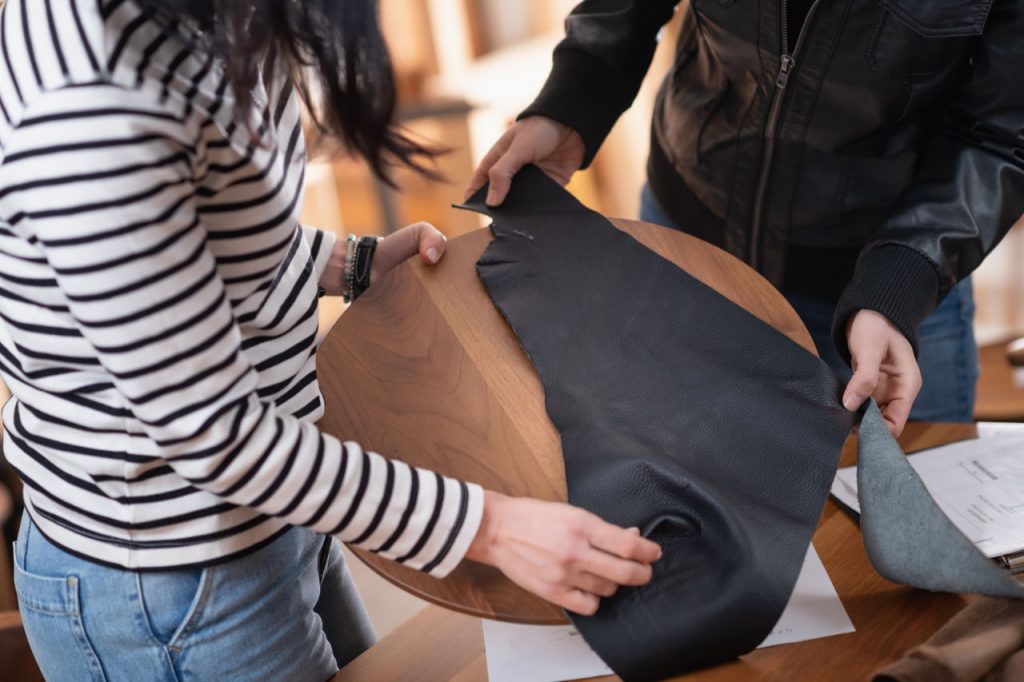Crafting your armor is only half the journey — the paint job is what brings your creation to life. Whether you’re aiming for gleaming elven plate or battle-worn orc gear, painting adds depth, detail, and storytelling to every surface. Here’s how to approach painting foam and leather armor for a realistic and eye-catching finish.
Start with a Solid Base
Before you apply any color, prep your surface properly. Foam armor should be sealed with heat (via heat gun), followed by several thin layers of primer. Many crafters use products like Mod Podge or Plasti Dip to seal and smooth the surface.
For leather, clean the surface thoroughly with rubbing alcohol to remove oils and residues. If you plan to dye the leather, test your colors first on scrap pieces.
Use Layering for Depth
A single coat of metallic paint won’t create a convincing look. To give your armor depth:
- Start with a dark base coat (like black or dark brown).
- Apply your primary color (silver, bronze, gold) using a sponge or dry brush technique to avoid brush marks.
- Highlight edges and raised areas with a lighter metallic or silver tone.
- Add shadows in creases using watered-down black or brown acrylics (known as a wash).
Weathering: The Key to Believability
Real armor sees battle — and it should show. Weathering is the process of making your piece look worn, aged, or damaged. Here are a few techniques:
- Dry brushing: Use a nearly dry brush to add scuffs and scratches with lighter tones.
- Blackwash: Apply a diluted black paint to recesses and wipe away excess for grime buildup.
- Rust effects: Dab on a mix of orange, brown, and dark red acrylics to simulate oxidation.
- Chipping: Use silver paint to mimic places where paint or material has been chipped away.
Finishing Touches
For foam, a final clear coat (matte, satin, or gloss) protects your work and gives it the desired sheen. For leather, finish with a leather conditioner or sealant to lock in color and add richness.
Tell a Story with Color
Color isn’t just decoration — it’s storytelling. A gleaming white armor might suggest nobility or magic; blood-red may evoke berserker rage. Consider the character behind the armor: What faction are they from? What battles have they fought? Let that guide your palette.
Learn in Person
Painting can be intimidating at first, but it gets easier — and more fun — with guidance and practice. In our workshops, we provide all materials and walk you through every step: priming, painting, weathering, and sealing. You leave with an armor piece that not only looks incredible, but tells a story.

